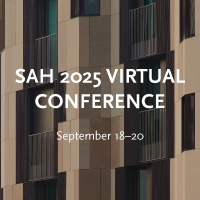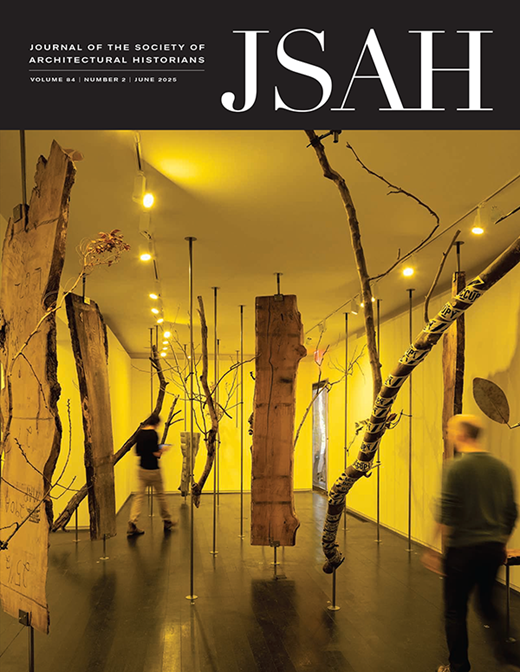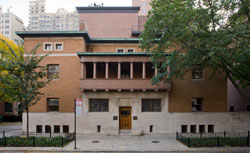Sovereignty and the Built Environment
This session will be the second of a series at CAA leading up to the 37th CIHA World Congress planned to be held in Washington, DC in 2028 with the theme Sovereignty. For this session, we seek papers that explore any aspect of the built environment, encompassing architecture, landscape, construction, and urbanism from any geographical region. Proposals may cover any historical period, although special consideration will be given to premodern topics.
Affiliated Society or Committee Name: National Committee for History of Art
This session will be the second of a series at CAA leading up to the 37th CIHA World Congress planned to be held in Washington, DC in 2028 with the theme Sovereignty. The experience of sovereignty can be an individual’s claimed self-empowerment or a group's self-rule and rule over others as well. Sovereign power can be exploited to create states of exception and exclusion while the claiming of sovereignty can also be necessary to reclaiming power over self-representation, as demonstrated in Indigenous Studies. The central question for this year’s panel is to explore how sovereignty has been manifested in built form, from ancient times to the present. Despite their differences in scale, individual buildings, public spaces, and urban masterplans alike often evoke concepts of dominance, dispossession, private property, and other matters related to power and its legitimation. Such messages might be conveyed through axial planning, verticality, or the use of ornament and decoration. For this session, we seek papers that explore any aspect of the built environment, encompassing architecture, landscape, construction, and urbanism from any geographical region. Proposals may cover any historical period, although special consideration will be given to premodern topics.
Chairs:


